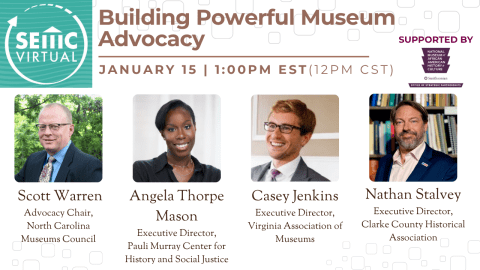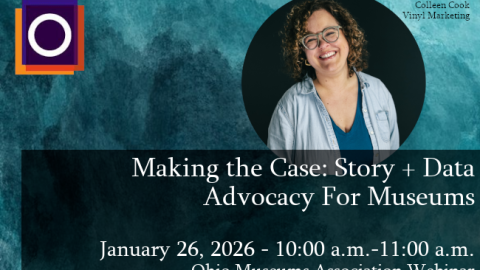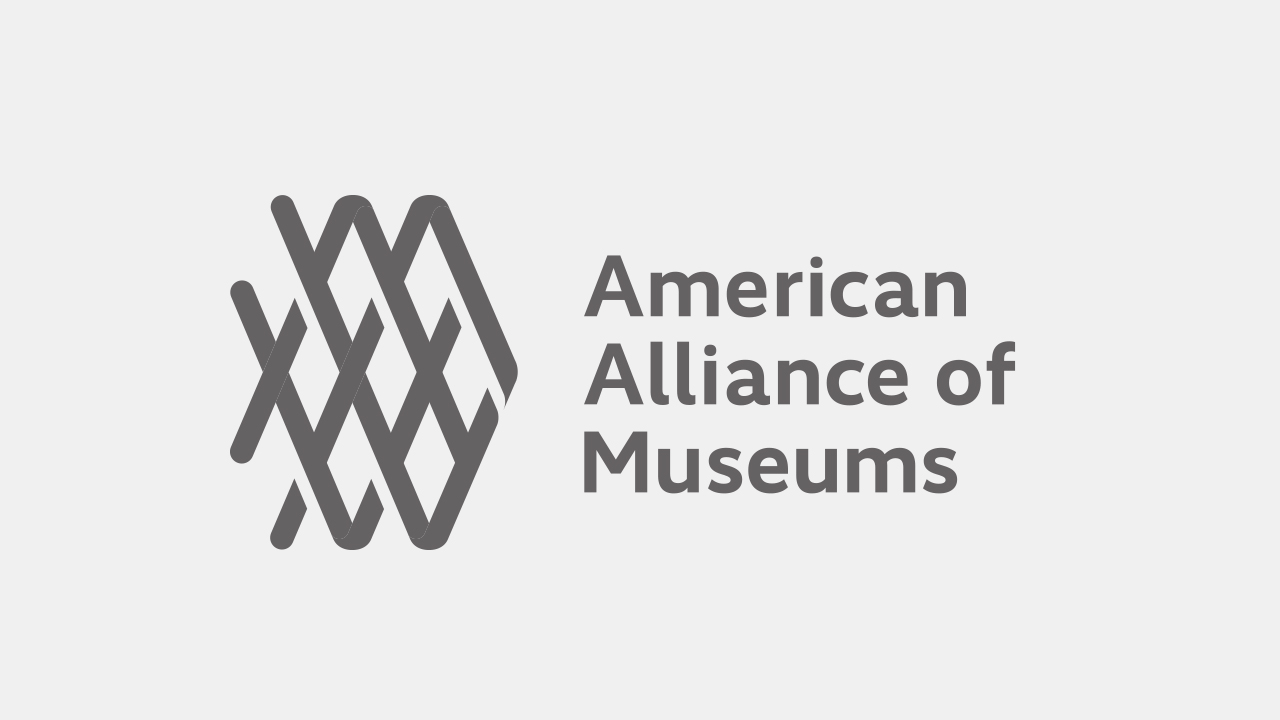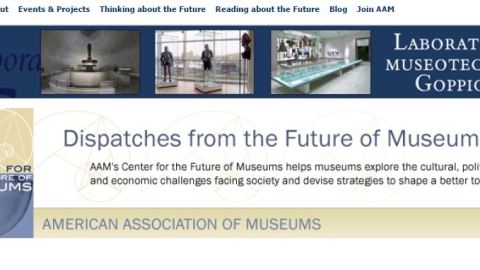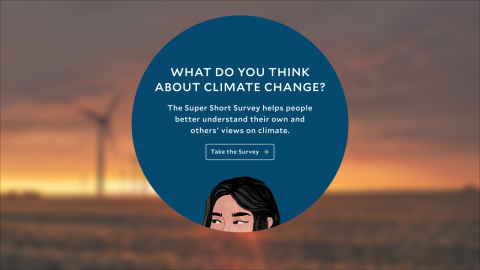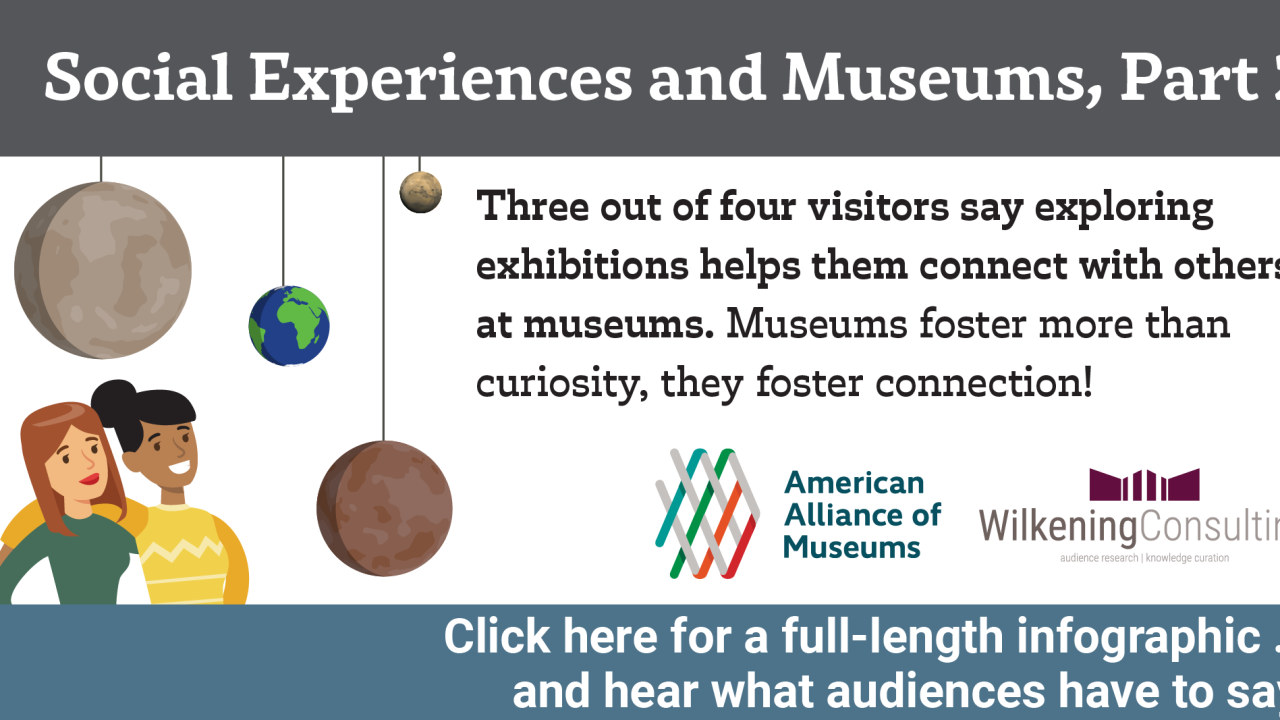
This visual Data Story is based on findings from the 2025 Annual Survey of Museum-Goers, a national survey of American museum visitors from AAM and Wilkening Consulting. Every year, the survey partners with individual museums to research their audiences and yield insights about their behaviors and preferences, both on an institutional and national level. (Learn more about the purpose and methodology of the survey here.) Interested in joining the 2026 edition? Sign up by December 1 to unlock a special early bird rate!

Think of the last time you really had “quality time” with a family member or close friend. You probably weren’t in an empty room, bereft of stimulation or comfort. More likely, you were in a particularly comfortable environment or exploring something new together, perhaps both!
As we learned in part one of this series of Data Stories, some places and activities are more conducive for supporting social connection than others.¹
But we wanted to know more. A lot more.
Frequent museum-goers are generally quite willing to share their thoughts in open-ended questions, and we have the luxury of a large sample. To find out more, we programmed two different follow-up questions, and half of the sample randomly received one question, and half the other.
The first question focused on the social environment:
We are interested in learning more about how different places support your ability to spend time with and connect with people you care about.
• Thinking about the places you just selected, what makes them work well for connecting with each other?
• Are there ever things that happen at those places that get in the way of your shared experience? What are they?
• If there is anything else you would like to share about these places, please do so.
(We’ll be focusing on the other question—about barriers to connecting with family and friends—in part 4 of this series.)
We then hand-coded responses from a representative (but randomly chosen) sample of 8,000 respondents.²
Responses fell into four main categories:
1. The general feel of the place
While this was the smallest of the four categories, with about one in six responses describing the general atmosphere, what they said was rather important.
Generally, they wanted places to be welcoming, comfortable, and to foster a sense of community—to be places that they could simply hang out, be around others, and feel suitable for people of all ages.
“Friendly atmospheres and being able to feel comfortable, accepted, and loved.”
2. Attributes and amenities: the nuts and bolts
By far the largest category, over half of respondents had specific comments about the nuts and bolts of a place. Most often, they said that social places are conducive for conversation, which also means that they are not too crowded and not too loud. Ideally, there are also food options, reasonable prices, convenient hours, and parking/transportation … in short, they want it all.
“There is physical space and an atmosphere that facilitates spending time together and talking. There are features/amenities that make it practical and enjoyable to spend time there together (restrooms, food, beverages).”
“Large crowds detract from the experience and enjoyment. Sometimes I want to linger at an exhibit and take my time to comprehend any impact instead of making way for others waiting behind me.”
3. Content and the experience
Respondents generally indicated that once the basic needs of the first two categories were met, then they could engage with the content and experience. A quarter of responses fell into this category, with most sharing that they wanted content that would catalyze the experience, such as an exhibition, play, concert, or some other event. Basically, a “something” that provided a shared experience.
“It’s good to have an activity to focus on together, or something to engage in alongside each other.”
Some respondents also mentioned that they wanted the experience to have certain content attributes, such as being interactive, supporting a pre-existing shared interest, or simply being fun.
4. Outcomes
Comments in this category were more aspirational, illustrating what respondents hoped would happen as a result of the shared social experience. A third of responses fell in this category, making it our second largest.
These respondents wanted their shared experiences to inspire discussion with those they cared about, building on the content as a way to learn more about each other and develop closer ties.
“I enjoy how museums can spark discussion between myself and whoever I am visiting with, helping me not only learn, but [to] also learn more about my friends’/families’ views on those topics.”
Museum-goers can be wonderfully nerdy as well, sharing that they wanted their social experiences to also be learning experiences that inspired critical thinking, broadened perspectives, and/or explore new ideas.
“The diverse experiences offered by them allow for my family and I to experience both ‘window’ and ‘mirror’ moments of new understanding or reflections of our own thoughts, experiences, and perspectives.”
Overall, there were a few differences by age and life stage among our respondents.
We noted that young adults (under 40) with no minor children were the most enthusiastic about this question. They were more likely to answer the question in the first place, and those who answered were also significantly more likely to mention how important the general feel of the place was and how they valued the discussion the content sparked; they were also the most concerned about cost.
Parents and guardians were far more likely to mention their minor children in their answers, but interestingly, were less likely to mention they valued the discussion the content sparked.
Adults over sixty were the least likely to respond at all. Among those that did answer the question, we saw fewer concerns about the practical aspects of the experience. And they were significantly less likely to be concerned about cost, extending a pattern we’ve seen for years.
Now, think about your own museum. How well is it supporting the social experiences visitors are hoping for? Consider:
- How welcoming is your museum? This isn’t so much about the building (in fact, architecture didn’t come up that much) but about the atmosphere created by your staff and other visitors.
- Are you ensuring that the nuts-and-bolts are covered so that nothing is getting in the way of the social experience? If not, what needs to be addressed?
- And finally, how are you catalyzing shared experiences so that your visitors are having meaningful conversations with those they care about?
In our next Data Story, we’ll look beyond the nuts-and-bolts to activities and amenities museums provide that support social experiences.
Annual Survey of Museum-Goers Data Stories are created by Wilkening Consulting on behalf of the American Alliance of Museums. Sources include:
- 2025 Annual Survey of Museum-Goers, n = 98,904; 202 museums participating
- 2025 Broader Population Sampling, n = 2,079
- 2017 – 2024 Annual Surveys of Museum-Goers
¹ Social Experiences and Museums, Part 1, October 23, 2025.
² 2025 Annual Survey of Museum-Goers: Purpose and Methodology (Update), September 11, 2025, to learn more about our coding methodologies.
Data Stories share research about both frequent museum-goers (typically visit multiple museums each year) and the broader population (including casual, sporadic, and non-visitors to museums). See the Purpose and Methodology (Update) Data Story from September 11, 2025 for more information on methodology.
More Data Stories can be found at https://wilkeningconsulting.com/data-stories/.
© 2025 Wilkening Consulting, LLC



